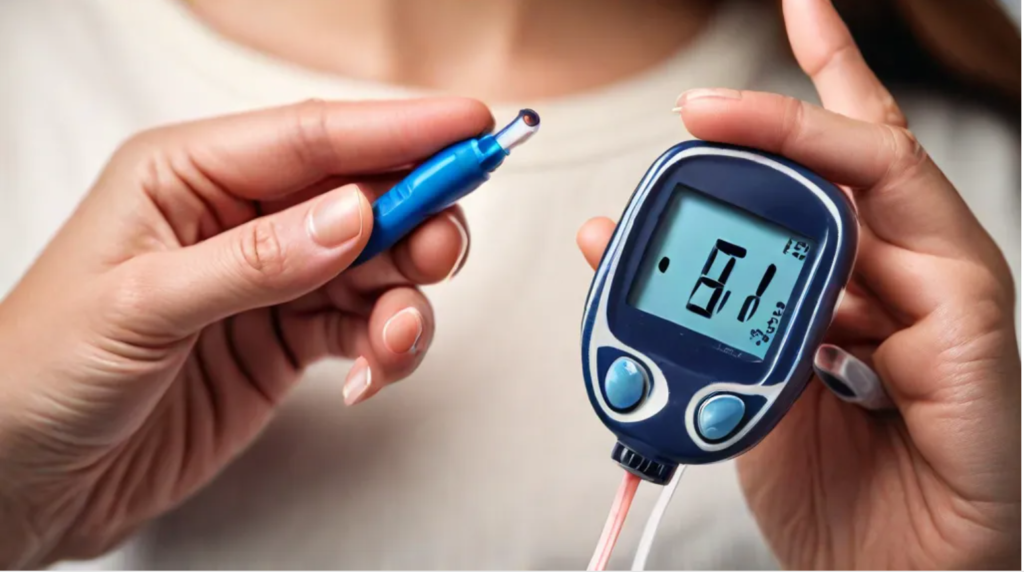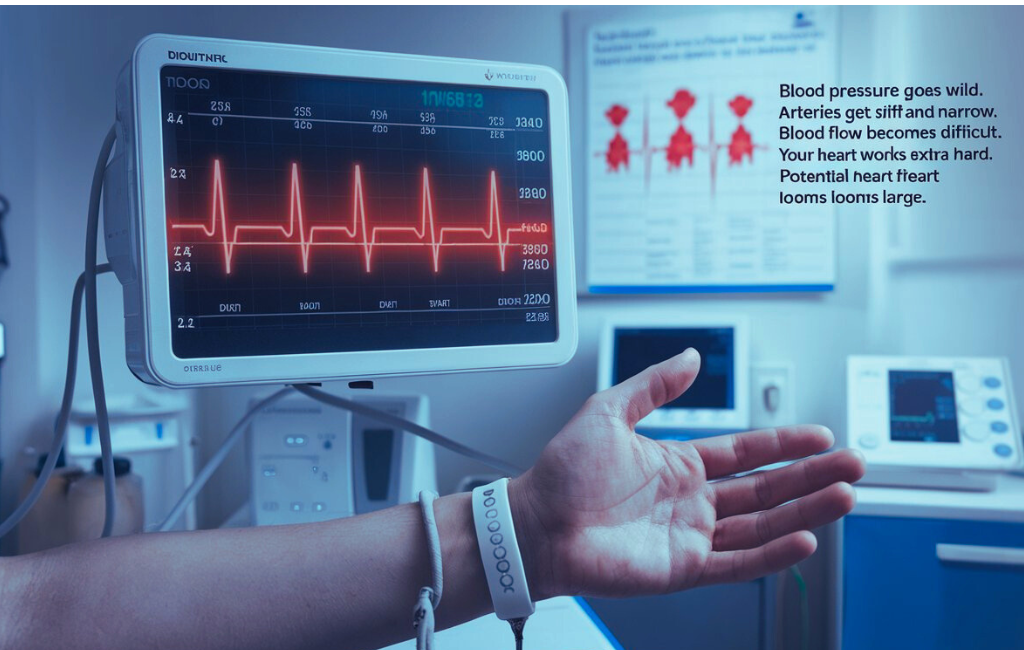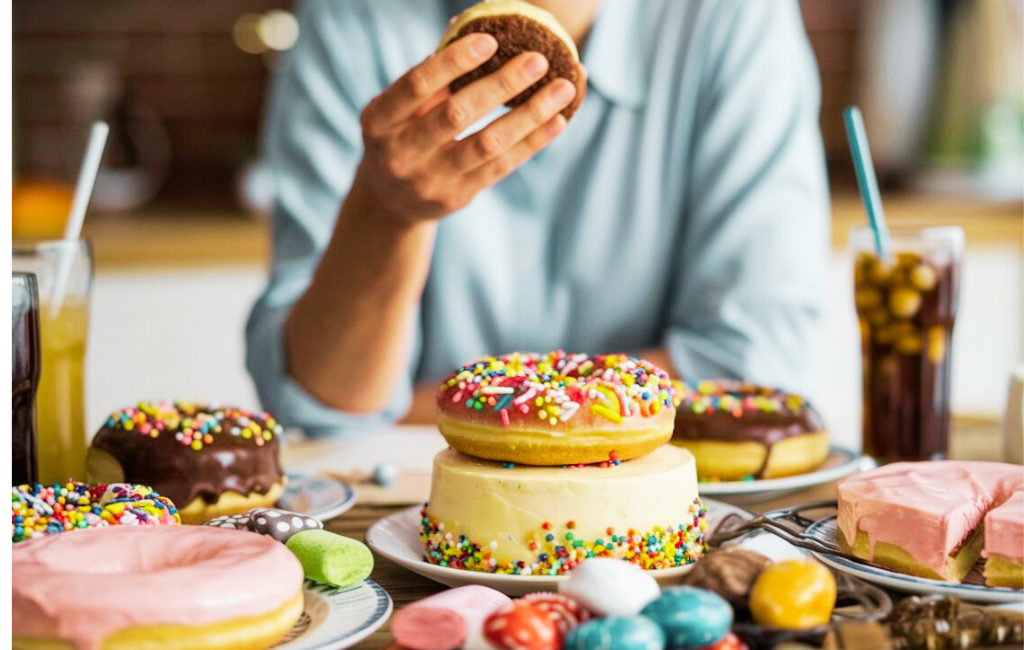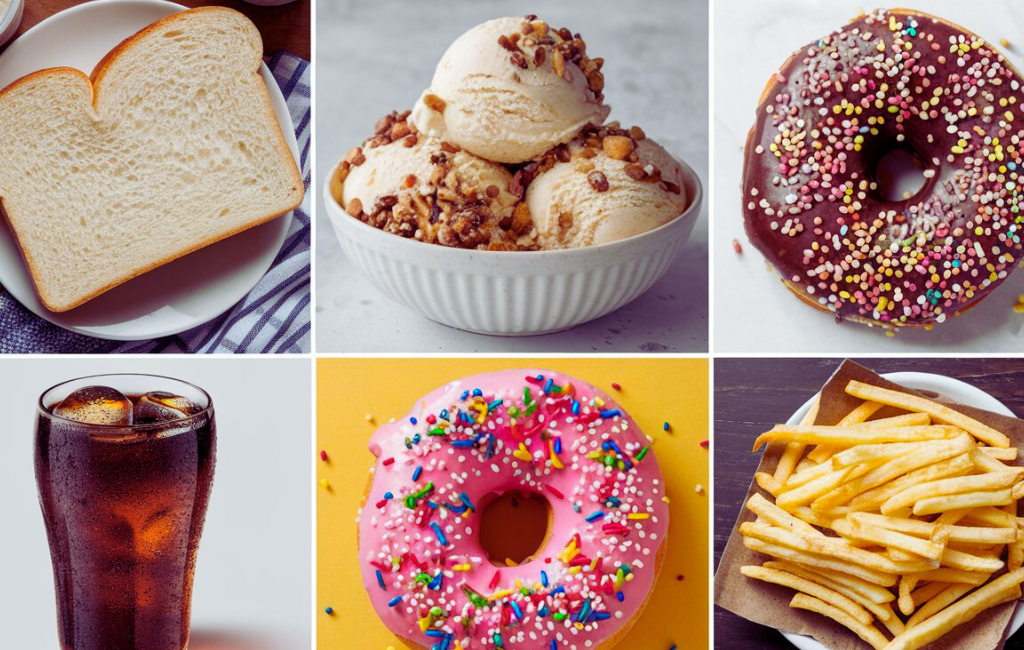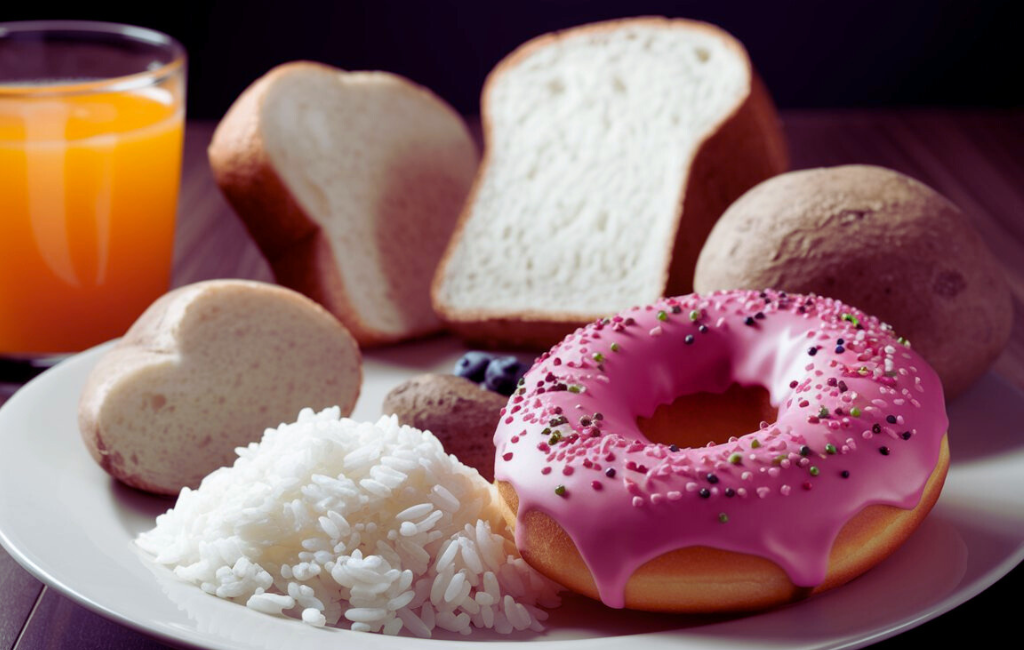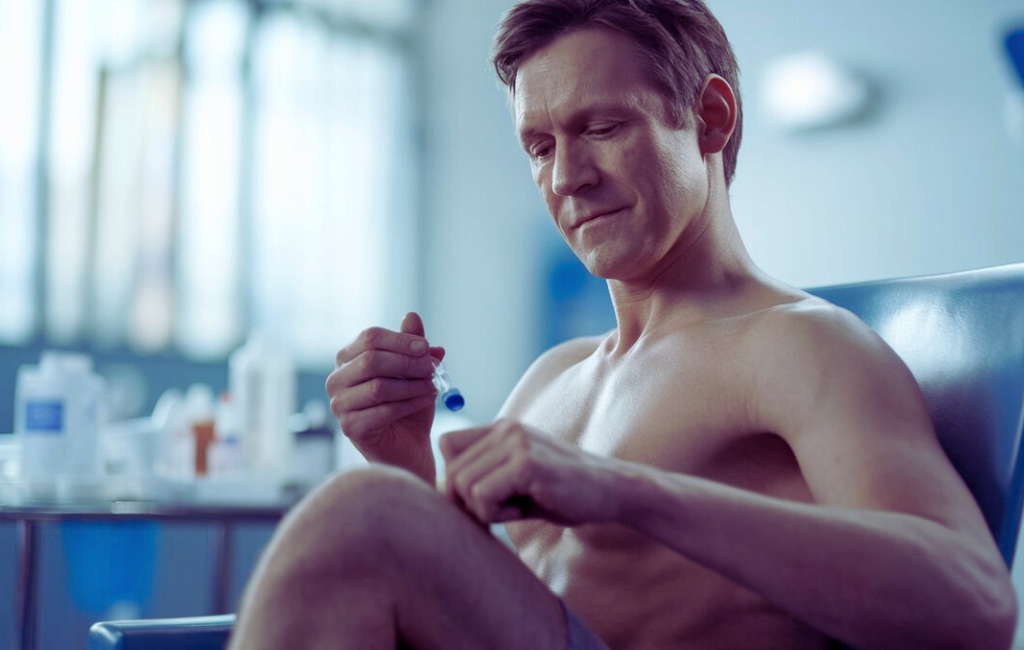Diabetes. The word might sound a bit scary, but it’s really just a condition where your body has trouble using sugar for energy. Sugar, also called glucose, is found in the foods we eat every day, like fruits, vegetables, and even bread.
So, what exactly happens in diabetes?
Imagine your body’s cells as little houses. Glucose is like the fuel these houses need to function. To get this fuel inside, your body makes a special key called insulin. This key helps unlock the doors of the cells, allowing glucose to enter and provide energy.
In diabetes, this key system doesn’t work properly.
- Type 1 diabetes: In this type, your body completely stops making this insulin key. It’s like the factory that produces the keys has shut down.
- Type 2 diabetes: Here, things are a bit more complicated. Your body might still make some insulin keys, but they might not work as well, or the doors of the cells might not recognize the keys anymore. It’s like having keys that don’t fit the locks, or the locks themselves being broken.
How do I know if I have diabetes?
Sometimes, diabetes can sneak up on you without any obvious signs. But there are a few things to watch out for:
- Frequent trips to the bathroom: You might find yourself peeing a lot more often than usual, even at night.
- Extreme thirst: You might feel constantly thirsty, no matter how much water you drink.
- Uncontrollable hunger: You might feel very hungry all the time, even after eating a meal.
- Unexplained weight loss: You might notice that you’re losing weight without even trying to diet.
- Feeling tired all the time: You might feel unusually fatigued, even after getting enough sleep.
- Blurry vision: Your vision might become blurry or unclear.
- Slow-healing sores: Cuts and scrapes might take longer than usual to heal.
What can I do if I have diabetes?
Don’t worry, living with diabetes doesn’t mean your life is over! There are many things you can do to manage your condition and stay healthy:
- Fuel your body right: Choose foods that are packed with nutrients, such as fruits, vegetables, and whole grains. These foods provide energy without causing your blood sugar to spike.
- Get moving: Exercise is key! Aim for at least 30 minutes of physical activity most days of the week. Even a brisk walk can make a big difference.
- Monitor your blood sugar: Regularly checking your blood sugar levels helps you understand how your body is responding to food and exercise.
- Medications: If your doctor prescribes medication, take it as directed. These medications can help your body produce more insulin or use the insulin it produces more effectively.
Fitness and diabetes: A winning team
Fitness plays a crucial role in managing diabetes. When you exercise, your muscles use glucose for energy, which helps lower your blood sugar levels. Exercise also improves your overall health and can reduce your risk of other health problems, such as heart disease and stroke.
Conclusion of diabetes
Living with diabetes can sometimes feel like a challenge, but it’s definitely manageable. By making healthy lifestyle choices, such as eating well, staying active, and monitoring your blood sugar, you can live a long and fulfilling life.
FAQs
- Can diabetes be cured?
- Unfortunately, there’s no cure for diabetes yet. However, with proper management, you can effectively control your blood sugar levels and prevent serious complications.
- Can I still enjoy sweets if I have diabetes?
- Absolutely! You don’t have to give up all your favorite treats completely. The key is moderation. Enjoy sweets occasionally and in small portions, and always balance them with healthy foods.
- Does exercise really make a difference?
- Yes, it does! Exercise is one of the most powerful tools in your diabetes management toolbox. It helps your body use insulin more efficiently and improves your overall health.


